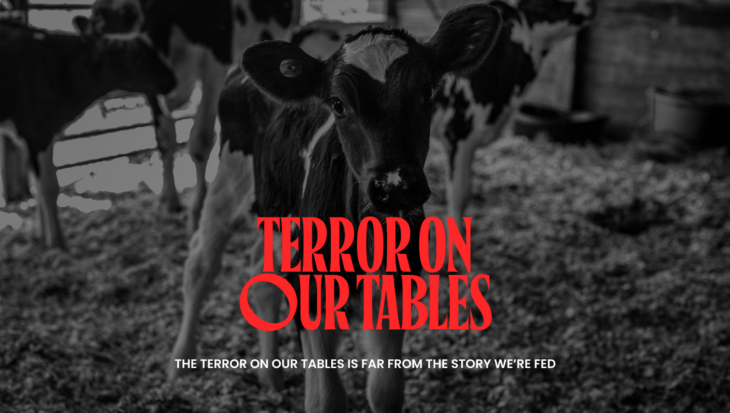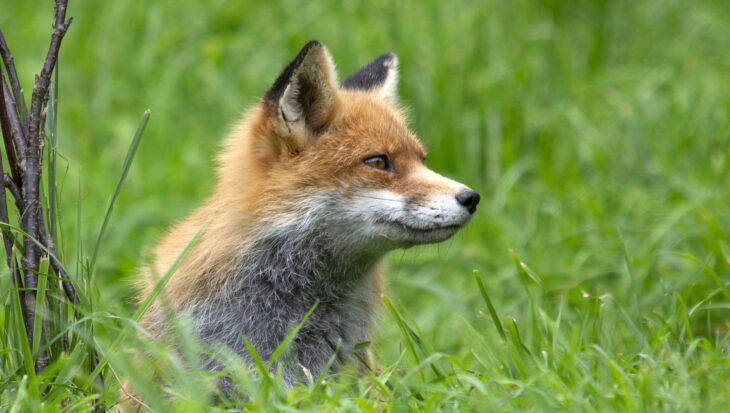NOW LIVE: Our biggest animal farming campaign ever!
Posted 12 Feb 2025

Posted on the 15th August 2011
Nine horses have been killed racing in the Aintree Grand National during the last decade, with two of those victims coming during this year’s race in April.
The racing regulator was therefore expected to come up with significant improvements as part of its review of the event. But the changes announced by Aintree Racecourse and The British Horseracing Authority (BHA) in their interim findings that are published today amount to, in Animal Aid’s view nothing more than ineffectual tinkering. Based on what we have seen, the race will remain as lethal as ever.
The Grand National is run over four-and-a-half miles, with the crowded field of 40 horses called upon to jump 30 challenging fences. A new analysis of the history of the race published by Animal Aid reveals that, in recent years, the risk of a horse dying in the race has increased rather than diminished, despite much heralded ‘improvements’.
The Aintree/BHA interim report requires four key changes to be made to the course:
These measures fall depressingly short of any genuine attempt to address the carnage that is a regular feature of the Grand National – a race that routinely sees fewer than half the runners finish and, on average, one death every year.
Says Animal Aid’s Horse Racing Consultant Dene Stansall:
‘Aintree, the British Horseracing Authority and racing in general see the enormous amount of negative publicity associated with the two equine fatalities at this year’s event as a public relations disaster and these measures are fashioned with a view to quelling public disquiet rather than saving horses’ lives. Animal Aid’s detailed analysis of the Grand National over the years and the severe problems it continues to present, despite endless changes, leads us to the firm conclusion that the Grand National is an un-reformable, anachronistic and immoral spectacle that should never be run again.’
Posted 12 Feb 2025

Please ask your MP to sign a new Early Day Motion (EDM) which calls for the government to implement its promised ban on snares as soon as possible.
Posted 05 Feb 2025
